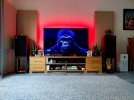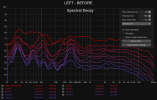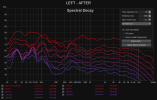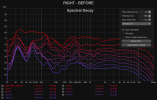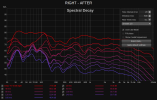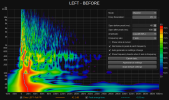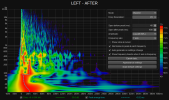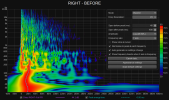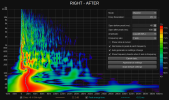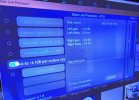PeterNL
Member
- Thread Starter
- #41
Little update, all panels are already hanging on the walls (2x GIK 244 front walls, behind the speakers, 1x GIK mega bass trap on the left wall close to the speaker and 2x GIK 244 on rear wall corners).
I feel a big sound improvement, better clarity, more details, tighter bass, wider soundstage, just overall sound is much better than before.
FR still does not look very good comparing to the previous measurements, but then speakers were pushed max to the front wall and now I had to move them little bit away to fit panels.
Can You see any improvements looking at graphs (mdat attached) ?
Within next days I will remeasure and apply new Dirac correction.


I feel a big sound improvement, better clarity, more details, tighter bass, wider soundstage, just overall sound is much better than before.
FR still does not look very good comparing to the previous measurements, but then speakers were pushed max to the front wall and now I had to move them little bit away to fit panels.
Can You see any improvements looking at graphs (mdat attached) ?
Within next days I will remeasure and apply new Dirac correction.

